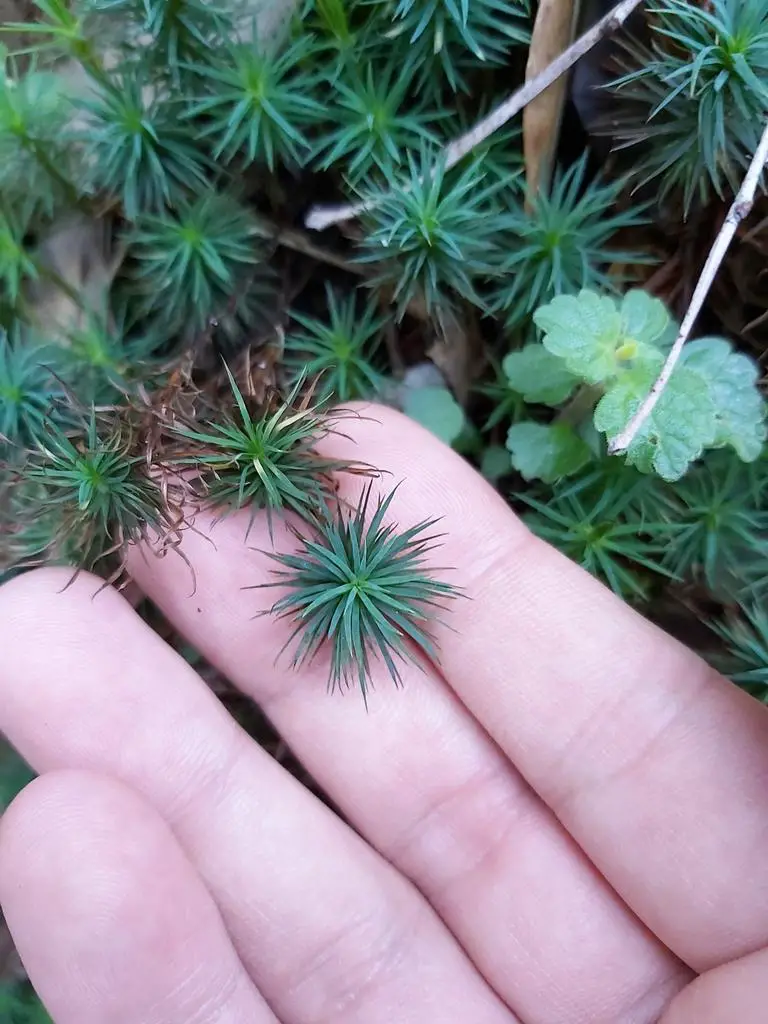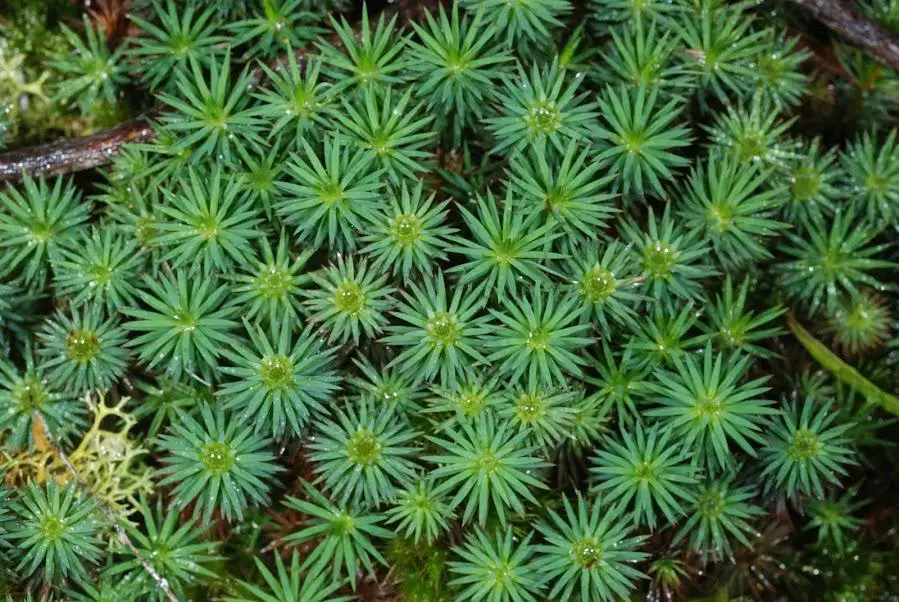Unveiling the Enigmatic Dawsonia Moss: A Giant Among Bryophytes
Affiliate Disclaimer: As an affiliate, we may earn a small commission when you make a purchase from any of the links on this page at no additional cost to you!
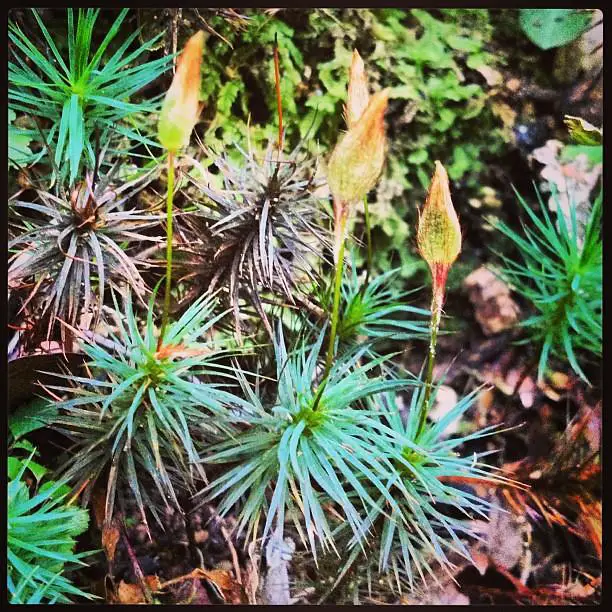
9484307586_56f4a358ab_z.jpg from: https://www.flickr.com/photos/55059208@N07/9484307586/
Discovering the Wonders of Dawsonia polytrichoides R.Br. Moss
Introduction
Mosses are fascinating and ancient plants that play important roles in ecosystems around the world. One particularly interesting moss species is
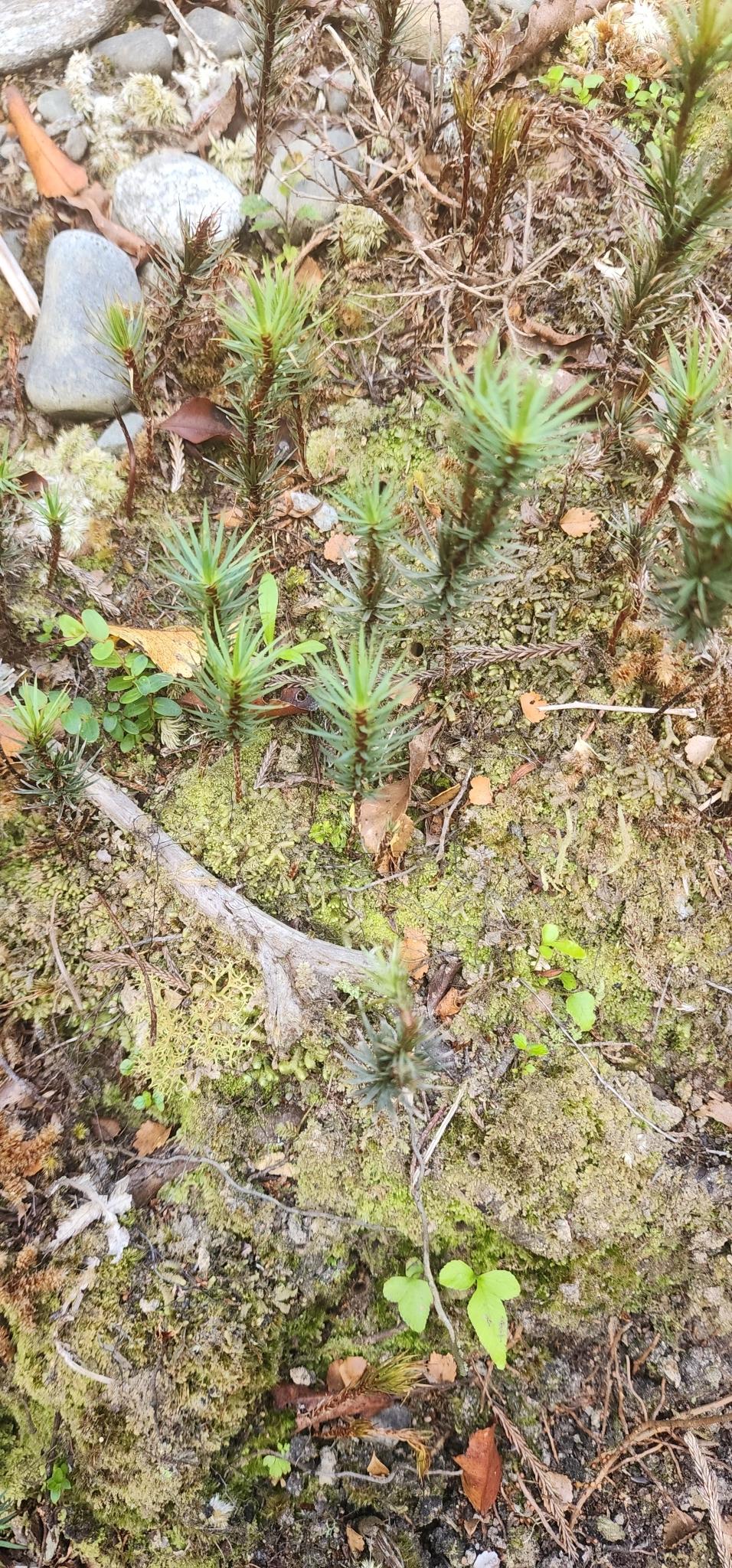
original.jpeg from: https://www.gbif.org/es/species/2673351
Dawsonia polytrichoides R.Br., also known simply as Dawsonia. This impressive moss belongs to the Polytrichaceae family and has some remarkable characteristics. In this blog post, we’ll take a closer look at Dawsonia and explore what makes it so special.
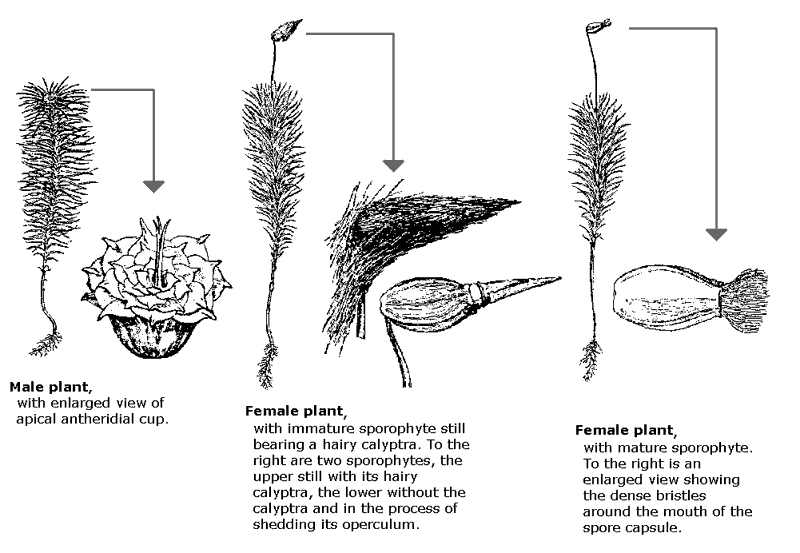
brown-ALL.gif from: https://www.cpbr.gov.au/bryophyte/photos-captions/dawsonia-polytrichoides-brown-illust.html
Background on Mosses
Mosses are non-vascular plants in the division Bryophyta. They lack true roots, stems, and leaves, instead having structures that serve similar functions. Mosses reproduce via spores rather than seeds and require water for sexual reproduction. There are over 12,000 moss species found on every continent, making them ubiquitous and ecologically important.
Dawsonia polytrichoides: A Unique Moss
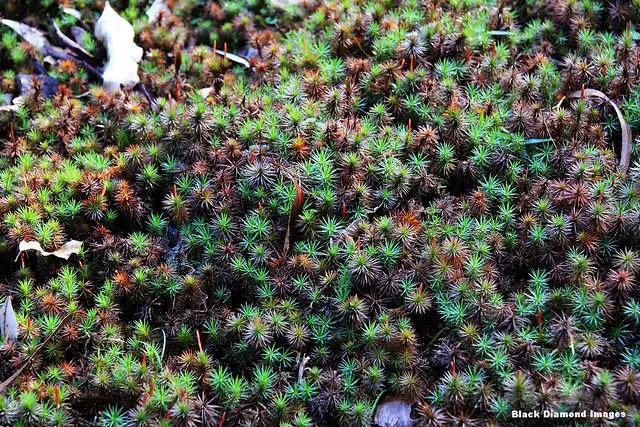
14568903057_ac189c3fc7_z.jpg from: https://www.flickriver.com/photos/blackdiamondimages/14568903057/
Dawsonia polytrichoides R.Br. is a particularly eye-catching moss due to its large size. In fact, Dawsonia is one of the tallest mosses in the world, with some specimens reaching heights of up to 50 cm (20 inches)! The scientific name breaks down as follows:
- Dawsonia
large.jpeg from: https://www.inaturalist.org/observations/162873056
NK_Dawsonia_polytrichoides_4.jpg from: https://www.anbg.gov.au/abrs/Mosses_online/48_Polytrichaceae_images.html
: The genus, named after English botanist Dawson Turner
- polytrichoides: Resembling plants in the genus Polytrichum
- R.Br.: Named by botanist Robert Brown
Morphology and Identification
Dawsonia has stiff, wiry stems that are usually unbranched. The leaves are long and narrow, with toothed margins. Capsules (spore-producing structures) are borne on tall stalks called setae and have a distinct cylindrical shape with a hairy calyptra (cap) on top. The overall appearance is somewhat similar to a conifer seedling.
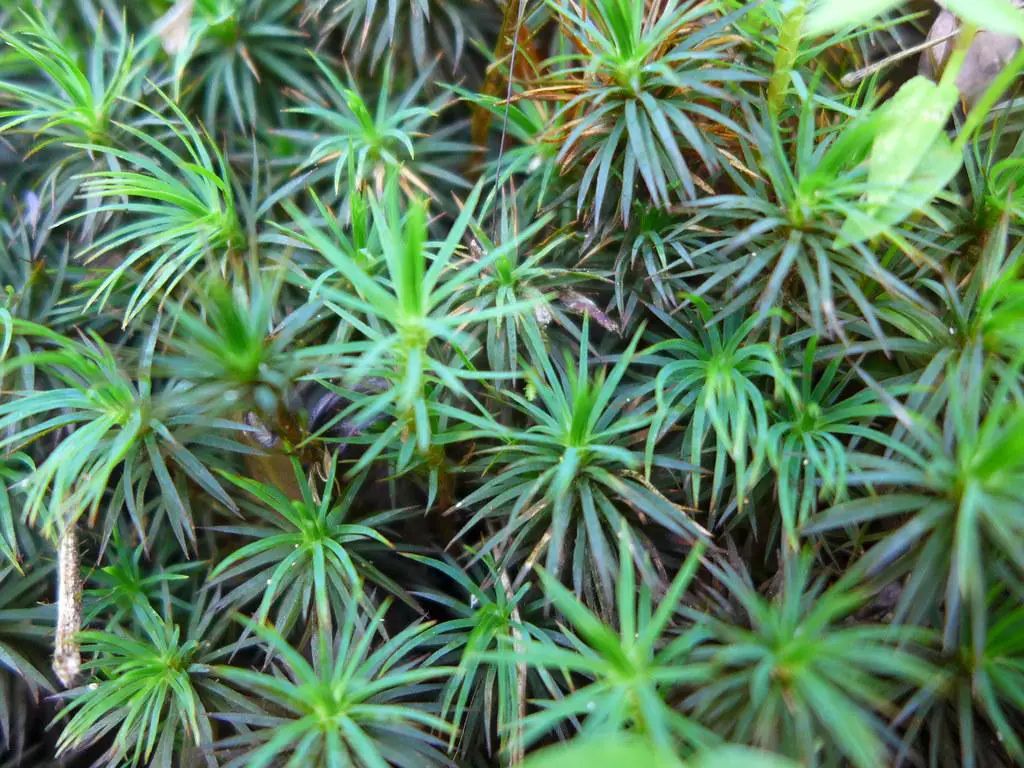
8580022844_2749cea196_b.jpg from: https://www.flickr.com/photos/72793939@N00/8580022844
Global Distribution and Habitat
Dawsonia polytrichoides is found in parts of Australia, New Zealand, Southeast Asia, and the Pacific Islands. It typically grows in damp, sheltered sites in forests, often on logs, tree bases, and damp banks. Dawsonia seems to prefer acidic substrates and benefits from humid, still air conditions.
Ecological Roles and Adaptations
Like other mosses, Dawsonia plays important roles in its ecosystem:
- Helps retain moisture and prevent erosion
- Provides habitat for micro-organisms and small invertebrates
- Contributes to nutrient cycling as it grows and decomposes
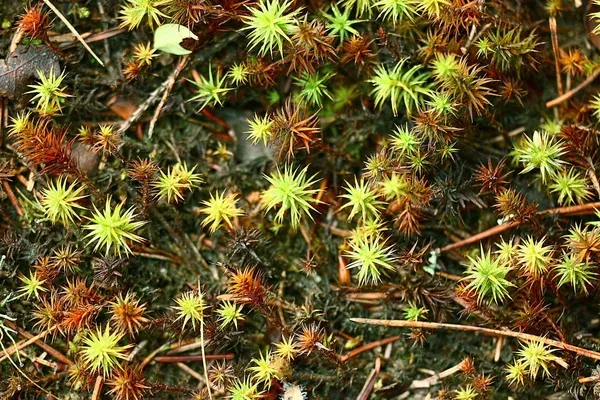
depositphotos_59996807-stock-photo-green-moss.jpg from: https://depositphotos.com/114687808/stock-photo-star-shaped-green-moss-dawsonia.html
Dawsonia has several adaptations that help it thrive:
- Thick, water-absorbing stems and leaves
- Rhizoids that anchor it to the substrate
- Spore dispersal aided by the tall seta and capsule shape
Conclusion
Dawsonia polytrichoides is a remarkable moss that captures the attention of botanists and nature enthusiasts alike. Its impressive size, unique appearance, and ecological importance make it a true standout in the world of mosses. Next time you’re in a damp Australasian forest, keep an eye out for this giant among the bryophytes!
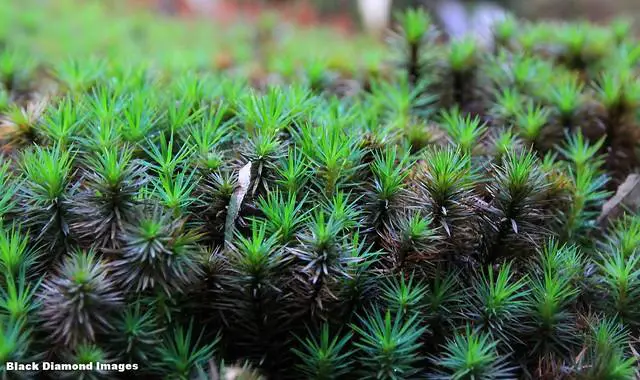
14568659450_bae5db101d_z.jpg from: https://www.flickriver.com/photos/blackdiamondimages/14568659450/
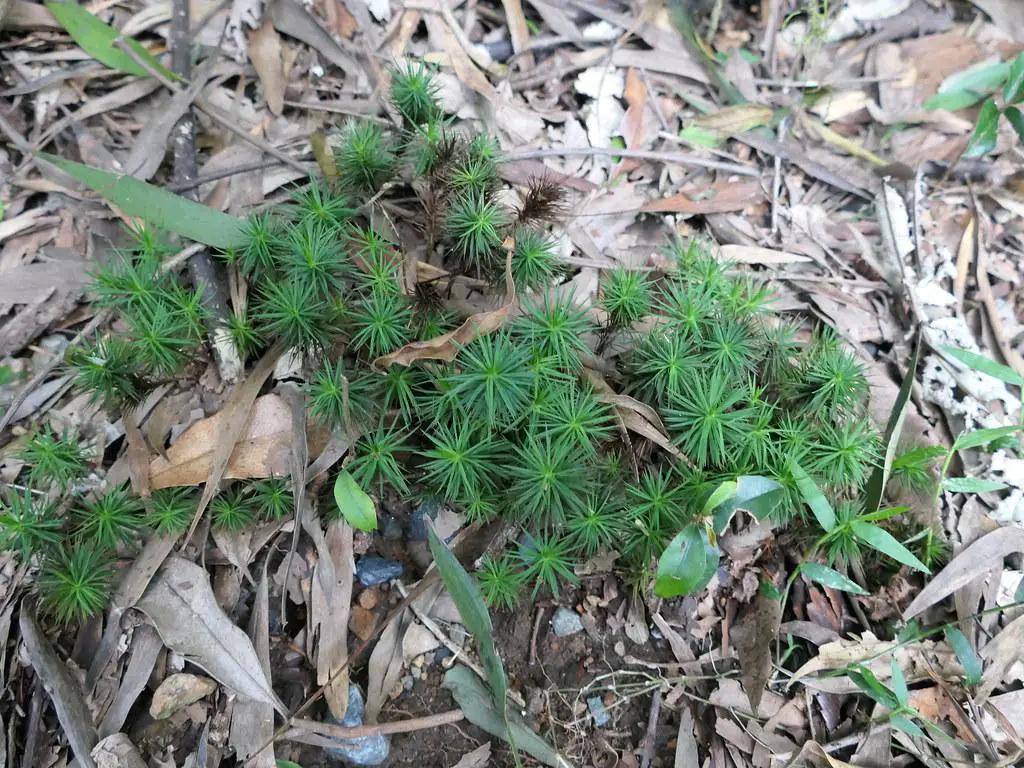
51119775329_ac26d5388c_b.jpg from: https://www.flickr.com/photos/72793939@N00/51119775329/
What other fascinating mosses have you encountered in your explorations? Share your experiences in the comments below!

